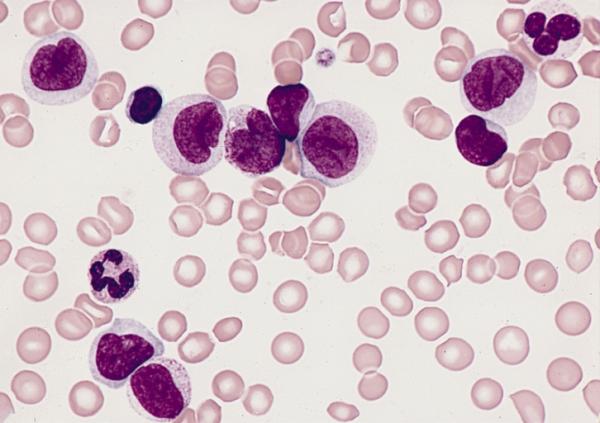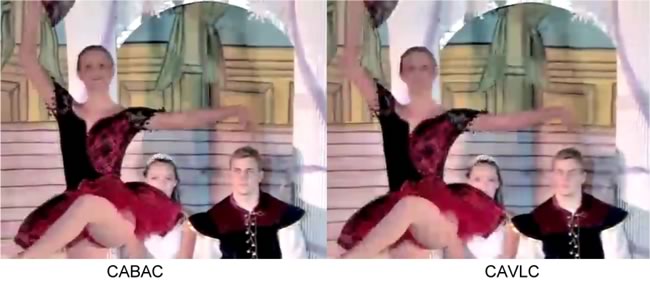Tag: Statistics

High-Throughput Identification and Classification Algorithm for Leukemia Population Statistics
Abstract:
Early detection of leukemia and reduced risk to human health can result from interdisciplinary integration of image analysis with clinical experimental results. Image analysis relies on efficient and reliable processing algorithms to make quantitative judgments on image data. This article presents the design and implementation of an efficient and high-throughput leukemia cell count and cluster classification algorithm to automatically quantify leukemia population statistics in the field of view. The algorithm is divided into two stages: (1) the cell identification stage and (2) the cell classification and inspection stage. The cell identification stage accurately segments background and noise from foreground pixels. A boundary box is generated enclosing the foreground pixels identifying all isolated cells and cell clusters. The cell classification and inspection stage uses one-dimensional intensity profiles that behave as signature plots to segregate isolated cells from cell clusters and evaluate total count within each cluster. The designed algorithm is tested with a variety of leukemia cell images that vary in image acquisition conditions, image sizes, cell sizes, intensity distributions, and image quality. The proposed algorithm demonstrates good potential in processing both ideal and nonideal images with an average accuracy of 91% and average processing time of 3 s. The performance of the proposed algorithm in comparison to recently published algorithms and commercial image analysis tool further ascertains its robustness.
Brinda Prasad and Wael Badawy, “High-Throughput Identification and Classification Algorithm for Leukemia Population Statistics,” The Journal of Imaging Science and Technology 52(3), 2008.
Link to the list of other Peer Journal Publications

